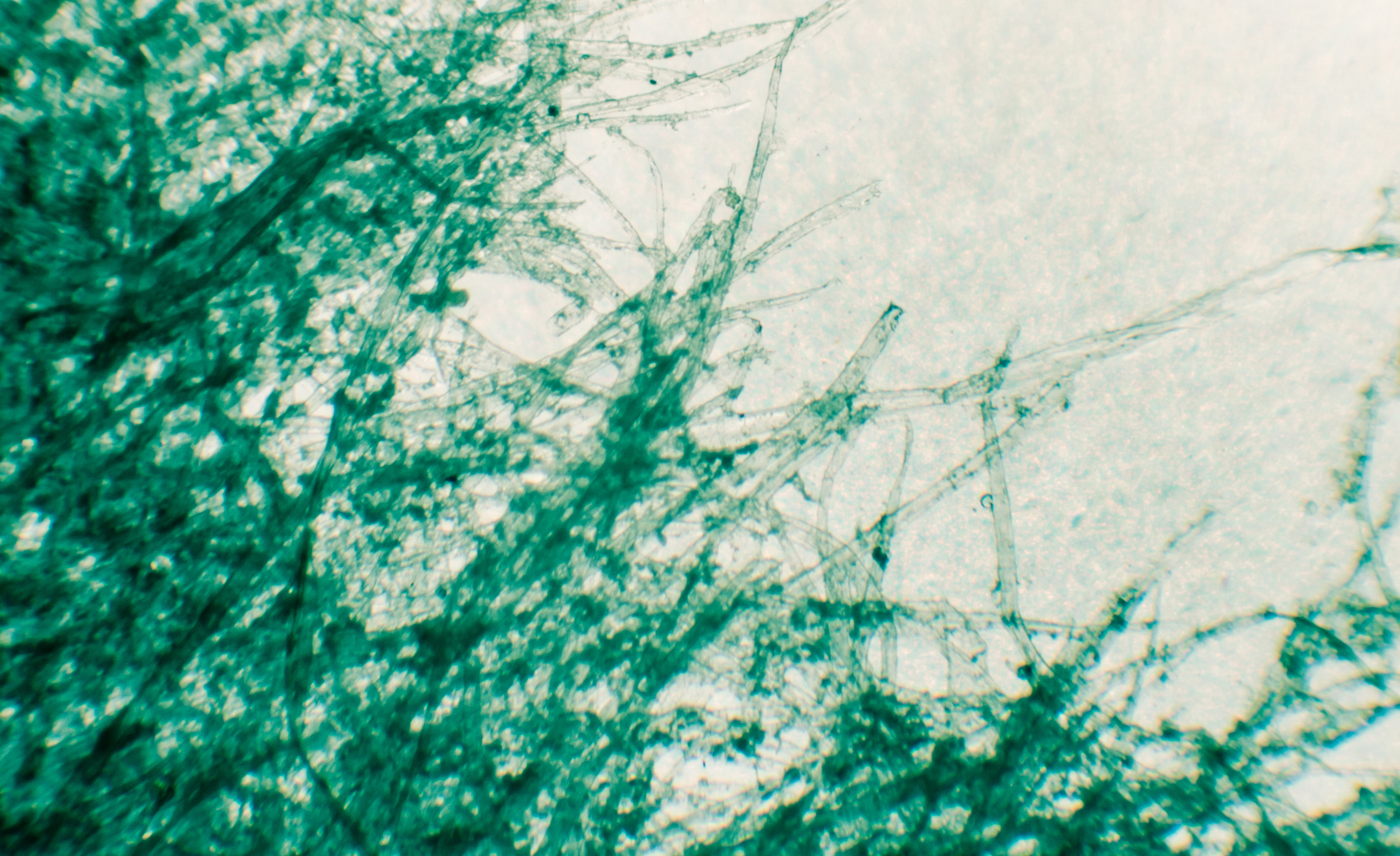Why are paper cuts so painful?
Our anatomy and the nature of paper make paper cuts super painful.

You're engrossed in a mystery novel, but in your excitement to discover "whodunit," you turn the page too quickly and slice open the skin of your pointer finger. A jolt of pain shoots through the paper cut and you gasp, not because you've just learned that the butler did it, but because the teeny-tiny cut hurts so badly.
Why are paper cuts so painful?
It's a combination of our hands being incredibly sensitive to pain and papers' edges being surprisingly jagged.
Human hands and fingers carry a high concentration of nerve cells called nociceptors, which respond to signals released by damaged cells, according to BrainFacts.org. Paper cuts primarily set off "mechanical nociceptors," which sense cell damage caused by pressure, cuts and punctures, as opposed to damage caused by extreme temperatures, for example. To a lesser extent, paper cuts can also activate nociceptors that are sensitive to chemical irritants, such as the bleaches used to lighten paper; these nerve cells may generate sensations of itchiness around a paper cut.
Activated nociceptors let loose a flurry of electrical signals that travel through bundles of nerve fibers and into the spinal cord; nerve cells in the spinal cord then relay those signals to the brain. Ultimately, the signals reach a region of the wrinkled cerebral cortex responsible for sensations of touch, temperature and pain, known as the somatosensory cortex, according to the medical resource StatPearls.
Related: The five (and more) human senses

The somatosensory cortex curves over the brain's surface like a headband, with different regions of the headband representing different body parts.Hands and fingers are so packed with touch- and pain-sensitive cells, so regions of the headband dedicated to them are enormous compared with those of less-sensitive body parts, like the trunk. The mouth and tongue take up a similarly expansive region of the headband, which helps explain why slicing open your tongue while licking an envelope is also super painful.
Get the world’s most fascinating discoveries delivered straight to your inbox.
But it's not just anatomy that makes paper cuts oddly painful; the paper itself also adds to the agony. Although it looks smooth to the naked eye, at a microscopic level, the dried, compressed wood fibers within paper make the materials' edges quite rough, according to Cosmos. This rough texture causes more extensive cellular damage than a straight, clean edge would.
That said, paper's serrated edge typically only slices through the top two layers of skin — the epidermis and dermis — and therefore causes little to no bleeding. This lowers the likelihood that the cut will become sealed with clotted blood. As a result, the aggravated nerve fibers remain exposed to the elements for a prolonged period of time and shoot off pain signals whenever touched.
To treat a paper cut, clean the wound with soap and water; apply antibiotic ointment to prevent infection; and cover it with a bandage to provide cushion and block out debris, according to The Ohio State University Wexner Medical Center. Most paper cuts heal within two to three days, but if the cut doesn't improve in that time, it's best to see a doctor and have them check for signs of infection.

Nicoletta Lanese is the health channel editor at Live Science and was previously a news editor and staff writer at the site. She holds a graduate certificate in science communication from UC Santa Cruz and degrees in neuroscience and dance from the University of Florida. Her work has appeared in The Scientist, Science News, the Mercury News, Mongabay and Stanford Medicine Magazine, among other outlets. Based in NYC, she also remains heavily involved in dance and performs in local choreographers' work.


